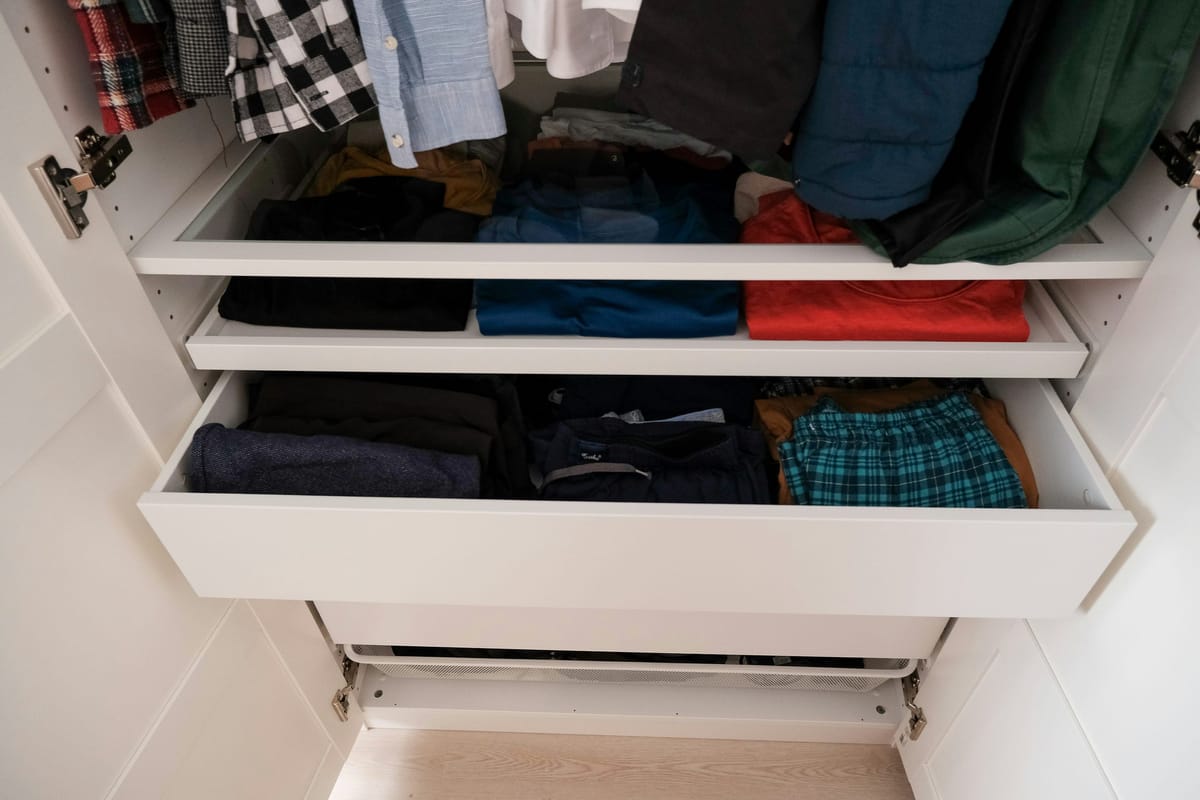Spring is the season of renewal, making it the perfect time to refresh your home and mindset. Traditional spring cleaning can feel…
Spring is the season of renewal, making it the perfect time to refresh your home and mindset. Traditional spring cleaning can feel overwhelming, but a minimalist approach focuses on essentials, leaving you with a cleaner, calmer space without unnecessary stress. By embracing simplicity, you can streamline your cleaning process and make your home more manageable year-round.
Why a Minimalist Approach?
A minimalist approach to spring cleaning saves time and energy while helping you focus on what truly matters. Instead of trying to clean and organize everything, you target the areas that make the biggest impact. Benefits include:
Less Stress: A focused plan eliminates decision fatigue and makes cleaning more manageable. By breaking tasks into smaller, prioritized steps, you can avoid feeling overwhelmed.
More Time: Prioritizing essential tasks means you’ll spend less time cleaning and more time enjoying your refreshed space. A streamlined process also frees up time for activities you truly enjoy.
Sustainable Habits: Minimalist cleaning encourages habits that keep your home tidy and functional year-round. Developing routines like regular decluttering and maintenance prevents the need for future deep cleans.
Step-by-Step Minimalist Spring Cleaning Guide
Start with a Plan
Before diving into cleaning, create a simple checklist of the areas you want to address. Focus on high-impact spaces such as your kitchen, bathroom, and living room. Prioritize tasks that will make the biggest difference, like decluttering countertops or deep-cleaning frequently used surfaces.
Having a written plan keeps you organized and ensures you don’t miss important areas. Allocate a specific amount of time for each task to stay on track and maintain momentum. If you’re short on time, divide your plan into smaller, manageable sessions over several days.
Declutter First
Cleaning is easier when there’s less to clean. Start by removing items you no longer use or need.
Focus on one area before moving to the next. For example, clear out expired pantry items in the kitchen or unused toiletries in the bathroom to create a clutter-free foundation. Sort items into three categories: keep, donate, and discard. This method helps you quickly identify what’s worth keeping and what’s not. Don’t forget your digital space. Organize your desktop, delete unused apps, clean up your email inbox, and back up important files for a fresh start.
Focus on High-Traffic Areas
Minimalist cleaning is about making the most of your efforts. Concentrate on spaces that impact your daily life.
Wipe down countertops, clean out the refrigerator by removing expired items, and sanitize the sink. Decluttering counters and organizing drawers can make meal preparation more enjoyable. Scrub the shower, sink, and toilet. Replace old towels with fresh ones, and tidy up storage areas by disposing of empty bottles or expired products. Dust surfaces, vacuum or sweep floors, and organize items like remote controls and books. Rearrange furniture to optimize space and create a sense of openness.
Embrace Multi-Purpose Tools
Simplify your cleaning process with versatile products.
One high-quality cleaner can replace a cabinet full of specialized products, reducing clutter and expense. Microfiber cloths are reusable cloths work for dusting, wiping, and polishing without the need for chemical cleaners. They are also eco-friendly and cost-effective. Use vacuum attachments to clean furniture, baseboards, and other tricky areas efficiently, saving you from needing multiple tools.
Go Green
Minimalism often aligns with sustainability. Opt for eco-friendly cleaning methods to simplify your routine and reduce waste.
Use natural ingredients like vinegar, baking soda, and lemon to create effective, non-toxic cleaners. These are safe for both your family and the environment. Swap disposable wipes and paper towels for washable rags or cloths, which are more durable and sustainable. Open windows to let in fresh air or use essential oils in a diffuser for a natural, chemical-free way to refresh your home.
Create Maintenance Habits
Once your spring cleaning is complete, develop habits to maintain your space.
Spend 10–15 minutes each day putting things back in their place. This prevents messes from building up over time. Dedicate a specific day each week to tackle tasks like vacuuming, mopping, and bathroom cleaning. A consistent schedule keeps your home in top shape. Schedule mini-decluttering sessions every few months to prevent buildup and make future cleaning sessions easier.
Minimalist Cleaning Tips for Specific Areas
Bedrooms: Wash bedding, declutter nightstands, and organize closets. Rotate seasonal clothing to make your wardrobe more functional and remove items you no longer wear.
Entryway: Clear out shoes, coats, and bags. Use baskets or hooks to keep essentials organized and maintain a welcoming first impression.
Storage Spaces: Simplify attics, basements, or garages by storing only what you use or truly value. Use clear bins or labels to make stored items easy to find.
The Reward of a Minimalist Spring Clean
Spring cleaning with a minimalist twist leaves you with more than just a tidy home; it creates a sense of calm and clarity. By focusing on essentials and adopting sustainable habits, you can maintain a space that supports your well-being without endless upkeep. Remember, less is often more when it comes to creating a home that feels like a sanctuary.
Like this post? Consider a small donation to help keep this site going, or subscribe to our premium content and newsletter. My family and I truly appreciate the support! All donors (no matter how small or large) will get a thank you mention in our next post.






Comments ()